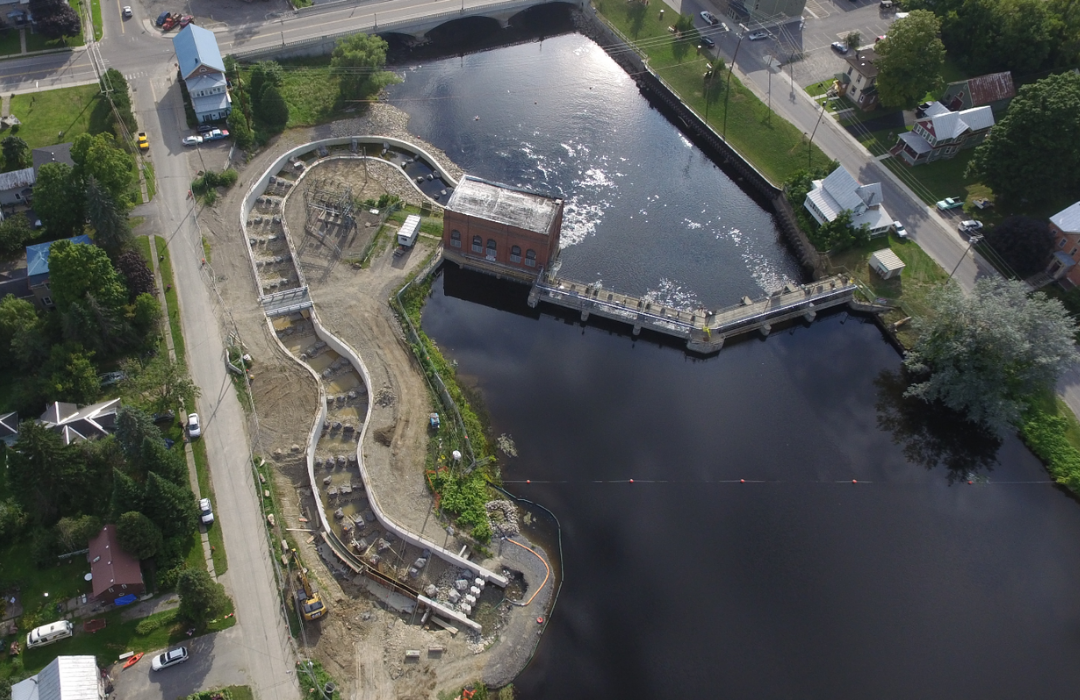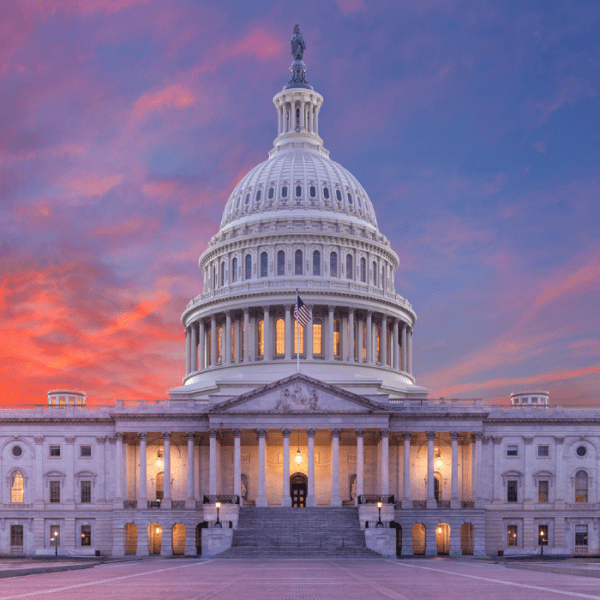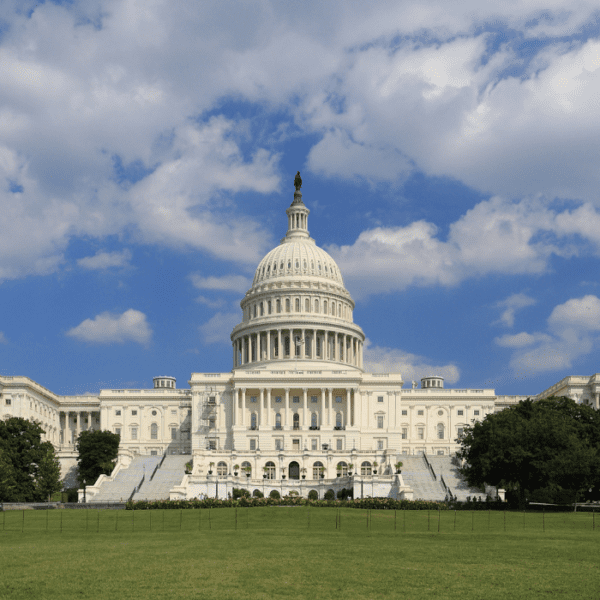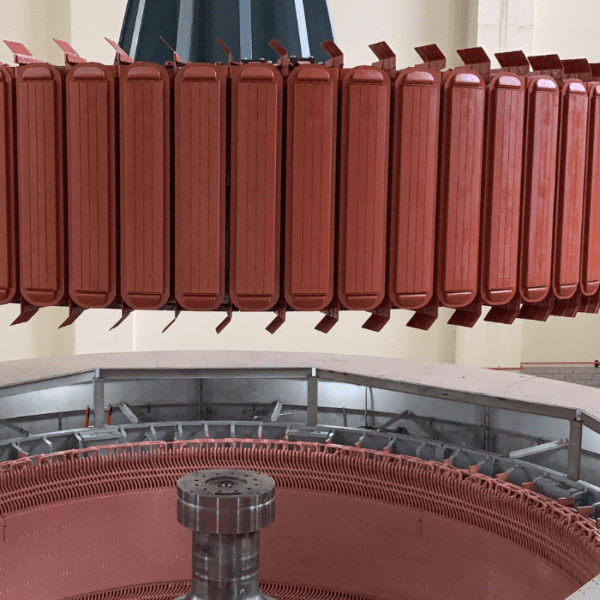After closely working with the river community and environmental non-governmental organizations (NGOs) on a proposal to accelerate the rehabilitation, retrofit, or removal of the more than 90,000 dams in the U.S., the National Hydropower Association is pleased to announce members of Congress are moving the effort forward.
Last week, Rep. Annie Kuster (NH-02), introduced the bipartisan Twenty-First Century Dams Act (H.R. 4375) – a $25.8 billion investment in enhancing the safety, grid resilience benefits, and power generating capacity of America’s existing dams, while also providing funding for the removal of dams that are obsolete. Sen. Dianne Feinstein (D-CA) will introduce companion legislation in the Senate later in July 2021.
As Congress and the Biden administration consider national infrastructure legislation, this bill represents the urgent need to address the United States’ aging energy infrastructure and the role it will play in reaching future clean energy goals.
“We have the opportunity to build stronger, more resilient water infrastructure and hydropower systems in the United States, and the Twenty-First Century Dams Act advances an innovative plan to rehabilitate, retrofit, or remove U.S. dams (the 3Rs) to bolster clean energy production while taking steps to conserve our waterways for generations to come,” said Rep. Kuster in a press release. “It is rare to see such coordination and unified problem-solving from across industries, and I am proud to introduce this legislation in the House to enhance America’s clean energy production and the health of our nation’s rivers.”
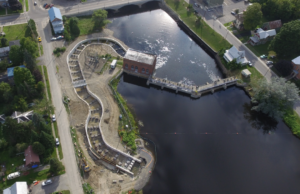
The Twenty-First Century Dams Act is supported by: The Nature Conservancy, American Society of Civil Engineers, Low Impact Hydropower Institute, American Rivers, Association of State Dam Safety Officials, Hydropower Reform Coalition, World Wildlife Fund, Hydropower Foundation, Rye Development, Hydropower Reform Coalition, Union of Concerned Scientists, and Chesapeake Bay Foundation.
Co-sponsors of the bill include: Representatives Don Young (AK-AL), Kim Schrier M.D. (WA-08), Julia Brownley (CA-26), Jared Huffman (CA-02), Debbie Dingell (MI-12), Emanuel Cleaver (MO-05), Nanette Diaz Barragán (CA-44), Bonnie Watson Coleman (NJ-12), and Scott Peters (CA-52).
ABOUT THE BILL
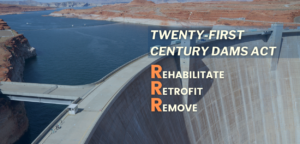
For hydropower, the bill leverages the federal tax code by providing a 30% tax credit, worth $4.71 billion, to incentivize investments in dam safety, environmental improvements, grid flexibility and availability, and dam removal. The bill includes a direct pay alternative, thus allowing entities with little or no tax liability, such as public power project owners, to utilize the credit. Projects such as fish passage facilities, water quality projects, enhancements to concrete or earthen embankment structures, and spillway improvements would qualify for significant funding.
As an industry, we can encourage earlier upgrades and installation of state-of-the-art environmental systems and other innovative technologies, like aerating turbines, that otherwise may not be economically justified.
“Hydropower’s existing fleet plays a significant role in America’s clean energy infrastructure, and will play a critical role in achieving President Biden’s goal of a zero-carbon electricity grid,” said Malcolm Woolf, CEO & President of the National Hydropower Association. “With the right tools, we can optimize generation efficiency and output, make environmental enhancements, and bolster dam safety – outcomes that will lead to more clean energy and healthier rivers.”
The bill also would restore more than 10,000 miles of rivers by enhancing their climate resilience through the rehabilitation or removal of hundreds of the nation’s most hazardous dams. Specifically, it would:
- Create a public source of climate resilience and conservation funding for removal of dams that have reached the end of their useful life – $7.5 billion over 5 years. (Because federal hydropower dam removals require individual negotiations and usually Congressional authorization, they are excluded from this bill’s dam removal funding, but all other dams are eligible.)
- Invest in existing federal dams and relevant research programs to accelerate decarbonization, increase renewable power generation, enhance environmental performance, improve dam safety, leverage innovative technologies, and evaluate disposition – $12 billion over 5 years (combination of $11 billion for dam-owning federal agencies and $1 billion for research).
- Increase federal financial assistance to improve dam safety – $9.75 billion total over 5 years.
Collectively, these efforts will support or create approximately 500,000 jobs.
WHY THE BILL MATTERS
This month, infrastructure is expected to take center stage in Washington. A bipartisan group of U.S. senators have developed a $1.2 trillion infrastructure plan, which could be brought on the floor for a vote as soon as the week of July 19. The Twenty-First Century Dams Act is once-in-a-generation opportunity to provide existing hydropower projects with the ability to realize the full economic value of their clean air, climate, and grid reliability benefits.
And with 30% of the nation’s hydropower fleet up for Federal Energy Regulatory Commission (FERC) relicensing in the next decade, these incentives are vital to preserve 13 GW of existing renewable generation capacity.



